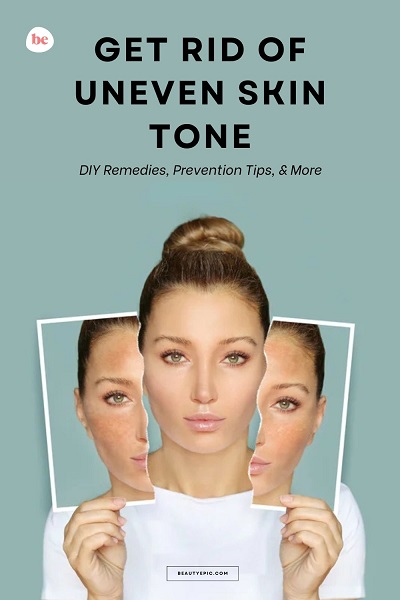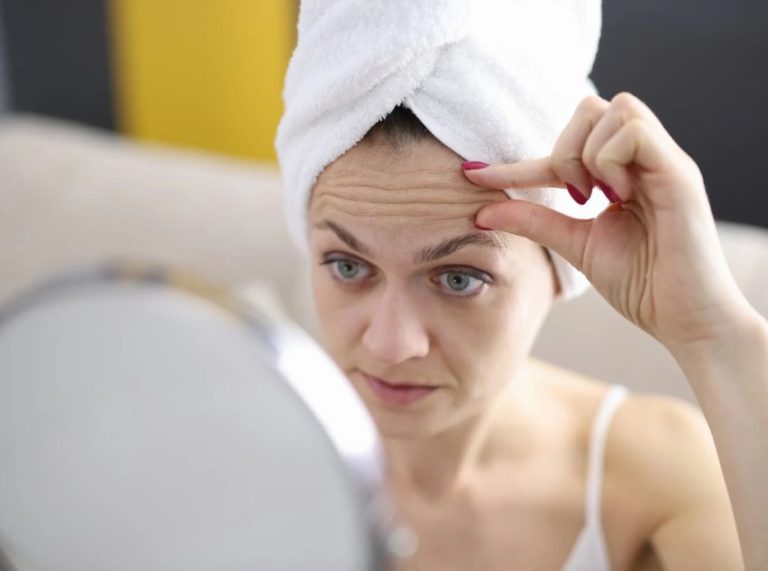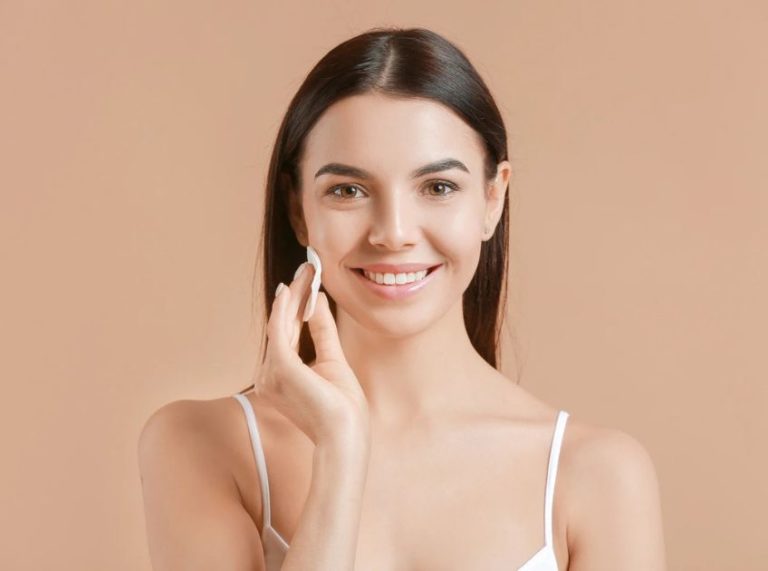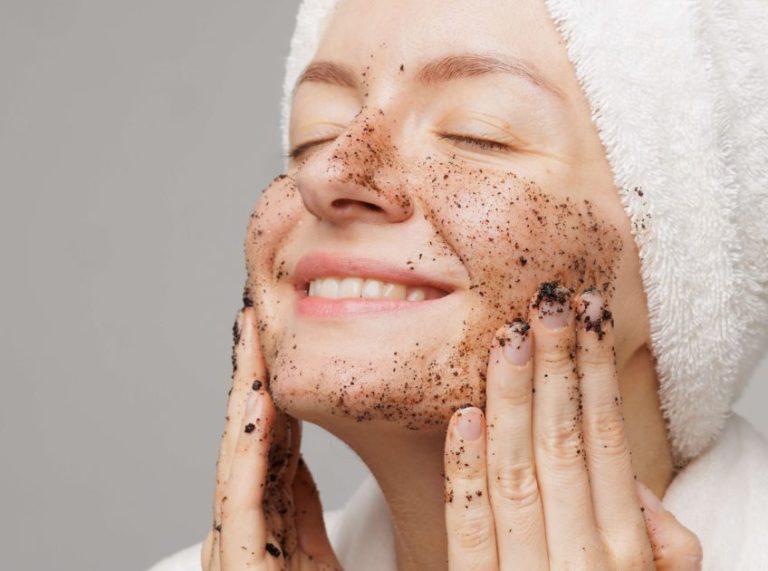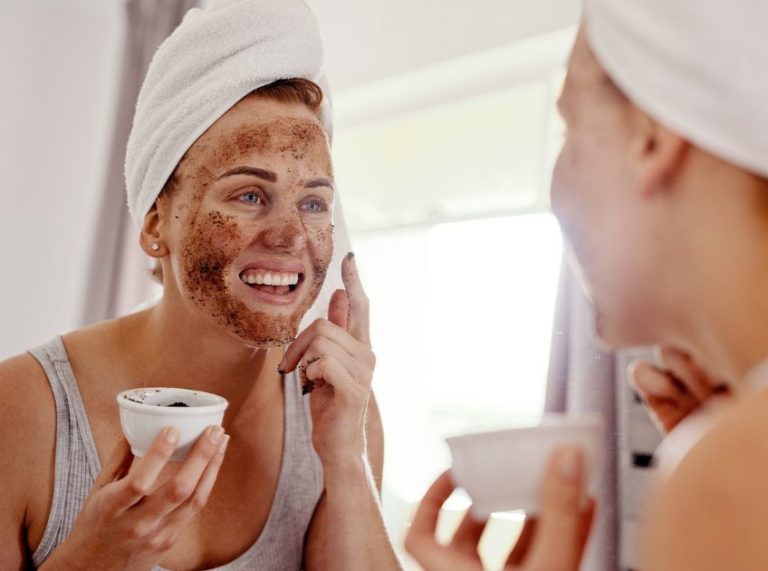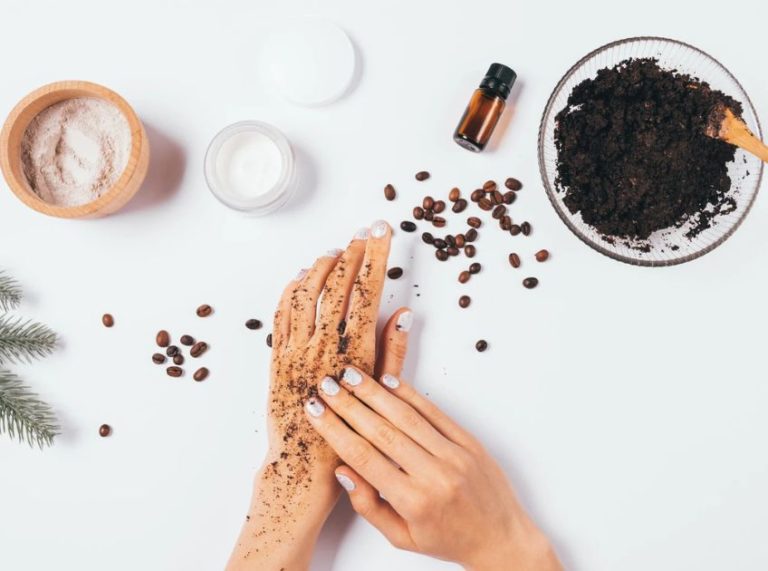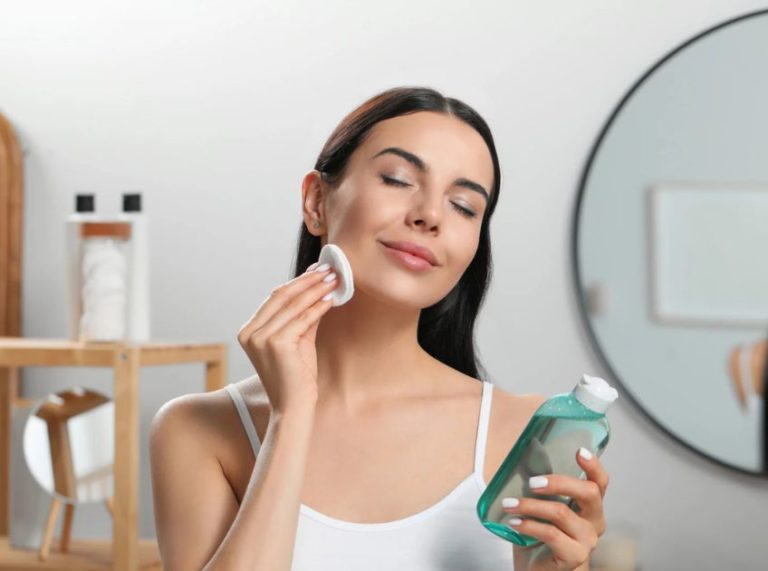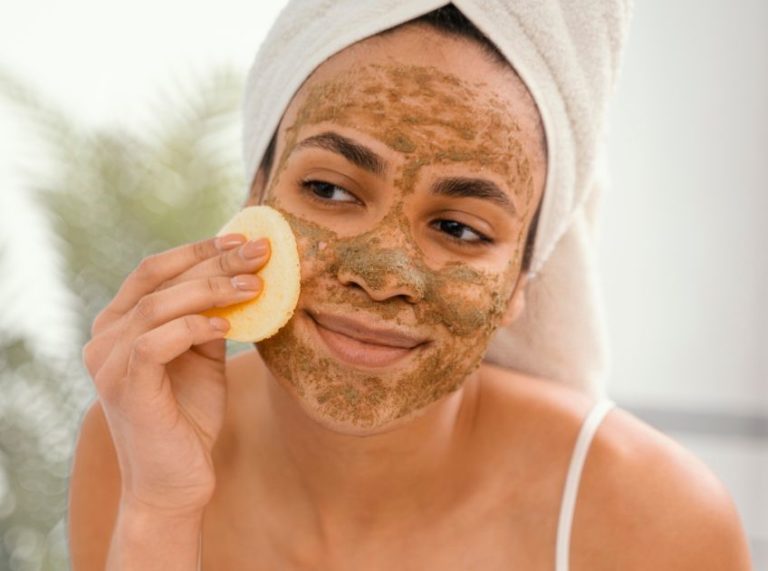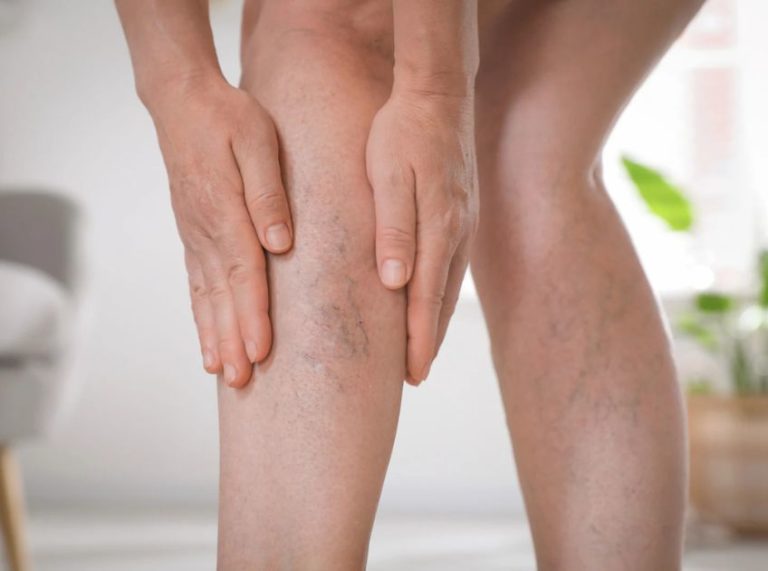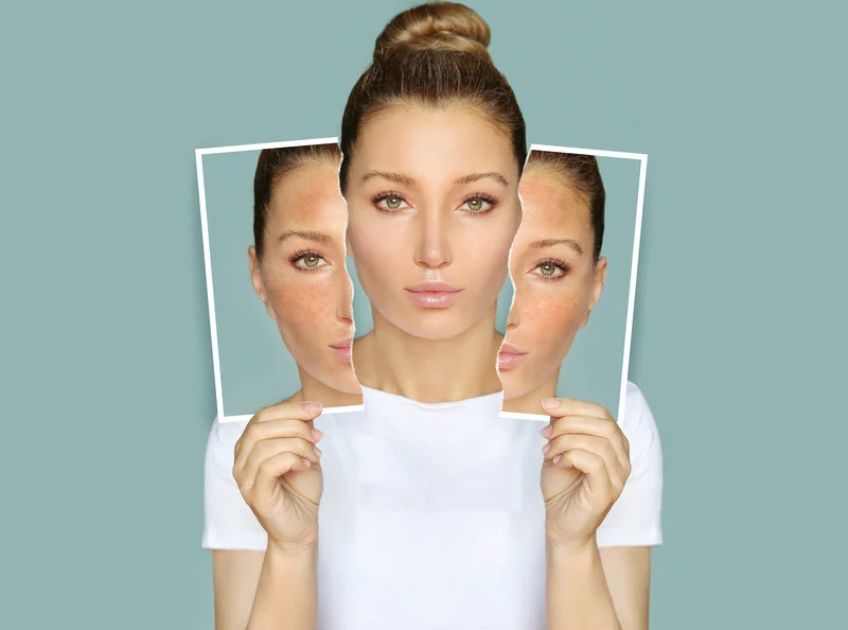
Important: This article is for informational purposes only. Please read our full disclaimer for more details.
Struggling with patchy, dull, or dark areas on your face or body? You’re not alone. Uneven skin tone—caused by sun damage, acne scars, or hyperpigmentation—can affect your confidence. The good news? You can fade those spots naturally using kitchen staples and smart skincare habits.
This guide offers expert-backed DIY remedies, dermatological treatments, and skincare tips tailored for glowing, even skin.
Why Uneven Skin Tone Happens – And How You Can Fix It
Uneven skin tone can result from sun exposure, acne scars, hormonal changes, or post-inflammatory pigmentation. Targeted treatments like exfoliation, hydration, and natural brightening agents can reduce discoloration and bring out your skin’s true radiance.
When combined with consistency and the right routine, these simple habits and DIY solutions deliver long-term results.
Effective Treatments for Uneven Skin Tone
If you’re dealing with stubborn discoloration, these clinical and OTC options can help:
- Chemical Peels (AHAs/BHAs): Promote exfoliation and fade pigmentation
- Retinoids (Retinol, Tretinoin): Boost cell turnover and reduce dark spots
- Vitamin C Serums: Brighten skin and suppress melanin production
- Niacinamide: Reduces inflammation and improves tone with minimal irritation
- Laser Therapy or Microneedling: Stimulates collagen and repairs uneven texture
Note: Always consult a dermatologist before starting prescription-strength products or in-office procedures.
Key Benefits of DIY Treatments for Uneven Skin Tone
- Natural and cost-effective alternatives to chemical products
- Help lighten pigmentation and fade dark spots over time
- Contain skin-nourishing ingredients like vitamin C and lactic acid
- Support collagen production and cell renewal
What Makes These Ingredients Work? The Science Behind It
Natural remedies are packed with potent actives that support skin balance:
- Lemon Juice: Contains ascorbic acid (vitamin C), which inhibits melanin production and brightens skin tone (1).
- Yogurt: High in lactic acid, a mild exfoliant that helps remove dead cells and lighten dark patches (2).
- Turmeric: Curcumin in turmeric has anti-inflammatory and antioxidant effects, reducing discoloration (3).
- Aloe Vera: Soothes and hydrates while supporting wound healing and scar fading.
These ingredients promote skin cell regeneration, reduce inflammation, and prevent further pigmentation.
When to Pause or Stop Using DIY Treatments
- If you experience redness, stinging, or peeling, stop immediately
- Avoid lemon juice if you’ll be in direct sunlight—it can increase sun sensitivity
- Don’t apply to open wounds or active breakouts
- If no improvement is seen after 3–4 weeks, consult a dermatologist
Adjusting Quantities for Best Results
- For sensitive skin, dilute lemon juice with water or honey
- Use less turmeric (a pinch) to avoid staining the skin
- Increase aloe vera or yogurt for extra hydration
- Mix in oats or honey to thicken masks for easier application
Best Skin Types for These Remedies
- Oily skin: Lemon, yogurt, and turmeric help balance oil and fade marks
- Dry skin: Aloe vera and honey soothe and hydrate
- Combination skin: Use targeted application (T-zone vs. cheeks)
- Sensitive skin: Choose mild ingredients like aloe and yogurt only
Are These DIY Solutions Safe to Use?
Yes, when used in moderation and with patch tests. Always apply a small amount on your wrist or jawline first. Avoid overuse—2 to 3 times per week is plenty. Use sunscreen daily when treating pigmentation to avoid worsening discoloration.
Top 3 DIY Remedies for Uneven Skin Tone
1. Brightening Turmeric & Yogurt Mask
This soothing, exfoliating mask helps fade marks and improve overall radiance.
Ingredients
- 1 tbsp plain yogurt
- 1/2 tsp turmeric powder
- 1 tsp honey
Directions to Use
- Mix all ingredients in a small bowl until smooth.
How to Apply
- Apply to a clean face with a brush
- Leave on for 15–20 minutes
- Rinse off with lukewarm water
- Use 2–3 times weekly
2. Aloe Vera & Lemon Spot Treatment
Targets dark spots and post-acne pigmentation with a powerful vitamin C kick.
Ingredients
- 1 tbsp fresh aloe vera gel
- 1 tsp lemon juice
Directions to Use
- Mix well in a small bowl
- Dip a cotton swab into the mixture
How to Apply
- Dab only on the affected dark areas
- Leave for 10–15 minutes
- Rinse off thoroughly and moisturize
- Use at night, 2 times a week
3. Oatmeal & Honey Exfoliating Scrub
Gently sloughs off dead skin while hydrating and evening tone.
Ingredients
- 1 tbsp ground oats
- 1 tbsp raw honey
- A few drops of milk (optional)
Directions to Use
- Mix into a paste-like consistency
How to Apply
- Massage onto damp skin in circular motions
- Leave on for 5–10 minutes
- Rinse with warm water
- Use 1–2 times a week
Smart Tips to Manage and Prevent Uneven Skin Tone
- Always wear sunscreen (SPF 30+) even on cloudy days
- Stay hydrated – dehydrated skin shows more pigment irregularities
- Use gentle cleansers – avoid stripping your skin barrier
- Exfoliate weekly with AHAs or natural scrubs to remove dead skin
- Limit sun exposure and wear hats or sunglasses for extra protection
- Maintain a balanced diet rich in antioxidants (berries, leafy greens, citrus)
Frequently Asked Questions (FAQ’S)
Q1. How long will it take to see results?
A. Most people begin seeing a brighter and more even tone within 2–4 weeks with consistent use.
Q2. Can I use more than one remedy at once?
A. Yes, but space them out through the week to avoid over-exfoliation or irritation.
Q3. What if my skin starts feeling itchy or red?
A. Stop immediately and apply a calming moisturizer or aloe. Avoid that ingredient moving forward.
Final Thoughts: Gentle Consistency is Key
An uneven skin tone can be frustrating, but it’s often reversible with the right habits and natural care. Whether you try DIY masks, clinical treatments, or both, stay consistent and patient. Healthy, even-toned skin starts with mindful choices and daily protection.
